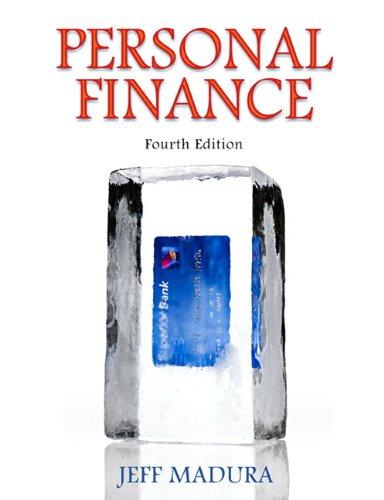

Attempts: 1 3 Keep the Highest: 3/5 5. Problem 12.08 Click here to read the eBook: Analysis of an Expansion Project NEW PROJECT ANALYSIS You must evaluate the purchase of a proposed spectrometer for the R&D department. The base price is $60,000, and it would cost another $12,000 to modify the equipment for special use by the firm. The equipment falls into the MACRS 3-year class and would be sold after 3 years for $18,000. The applicable depreciation rates are 33%, 45%, 15%, and 7%. The equipment would require a $9,000 increase in net operating working capital (spare parts inventory). The project would have no effect on revenues, but it should save the firm $75,000 per year in before-tax labor costs. The firm's marginal federal-plus-state tax rate is 40%. a. What is the initial investment outlay for the spectrometer, that is, what is the Year O project cash flow? Round your answer to the nearest cent. Negative amount should be indicated by a minus sign. b. What are the project's annual cash flows in Years 1, 2, and 3? Round your answers to the nearest cent. In Year 1 $ In Year 2 $ In Year 3 $ C. If the WACC is 12%, should the spectrometer be purchased? -Select- v 6. Problem 12.09 Click here to read the eBook: Analysis of an Expansion Project NEW PROJECT ANALYSIS You must evaluate a proposal to buy a new milling machine. The base price is $139,000, and shipping and installation costs would add another $14,000. The machine falls into the MACRS 3-year class, and it would be sold after 3 years for $90,350. The applicable depreciation rates are 33%, 45%, 15%, and 7%. The machine would require a $4,500 increase in net operating working capital (increased inventory less increased accounts payable). There would be no effect on revenues, but pretax labor costs would decline by $39,000 per year. The marginal tax rate is 35%, and the WACC is 12%. Also, the firm spent $5,000 last year investigating the feasibility of using the machine. a. How should the $5,000 spent last year be handled? I. The cost of research is an incremental cash flow and should be included in the analysis. II. Only the tax effect of the research expenses should be included in the analysis. III. Last year's expenditure should be treated as a terminal cash flow and dealt with at the end of the project's life. Hence, it should not be included in the initial investment outlay. IV. Last year's expenditure is considered as an opportunity cost and does not represent an incremental cash flow. Hence, it should not be included in the analysis. V. Last year's expenditure is considered as a sunk cost and does not represent an incremental cash flow. Hence, it should not be included in the analysis. -Select- b. What is the initial investment outlay for the machine for capital budgeting purposes, that is, what is the Year O project cash flow? Round your answer to the nearest cent. c. What are the project's annual cash flows during Years 1, 2, and 3? Round your answer to the nearest cent. Do not round your intermediate calculations. Year 1 $ Year 2 $ Year 3 $ d. Should the machine be purchased? -Select- v








